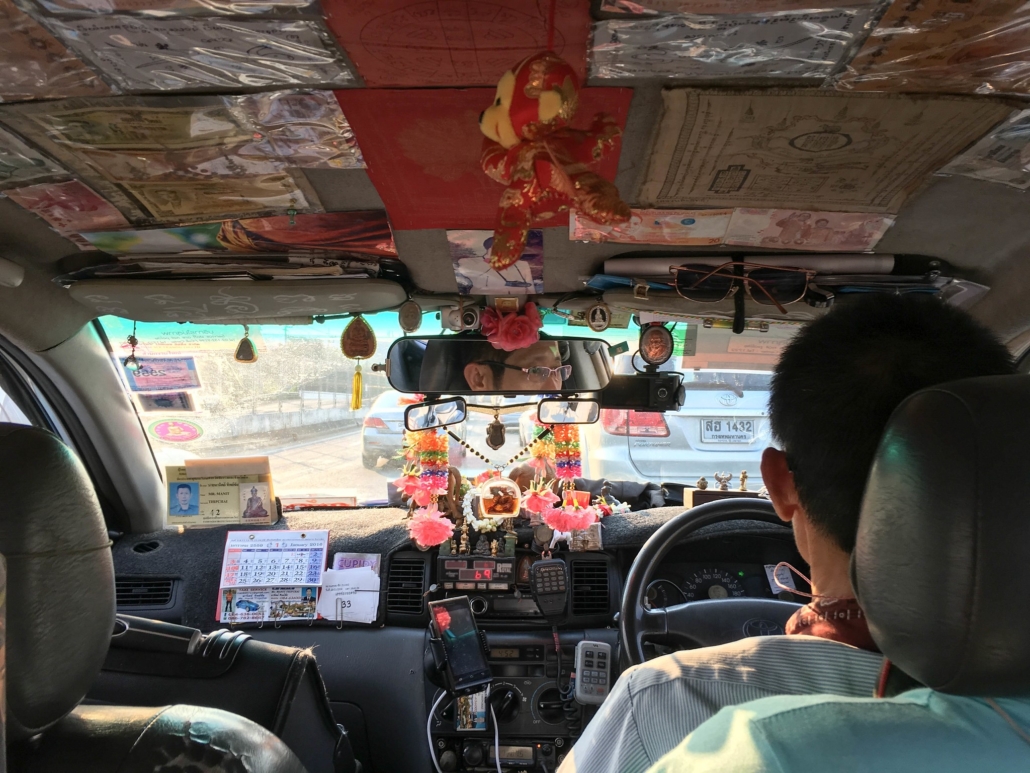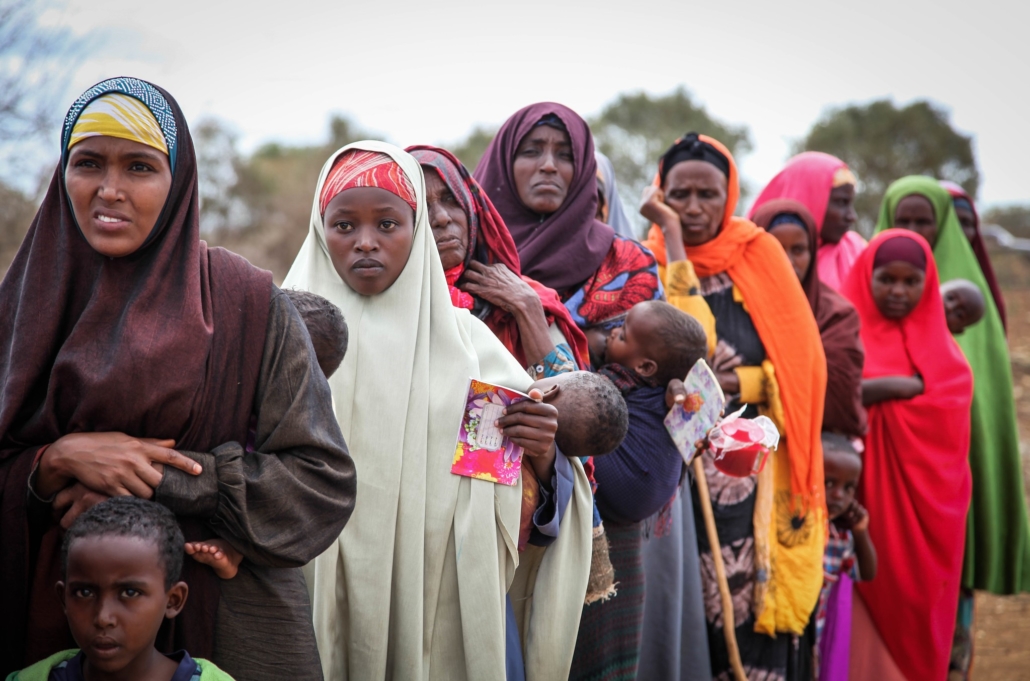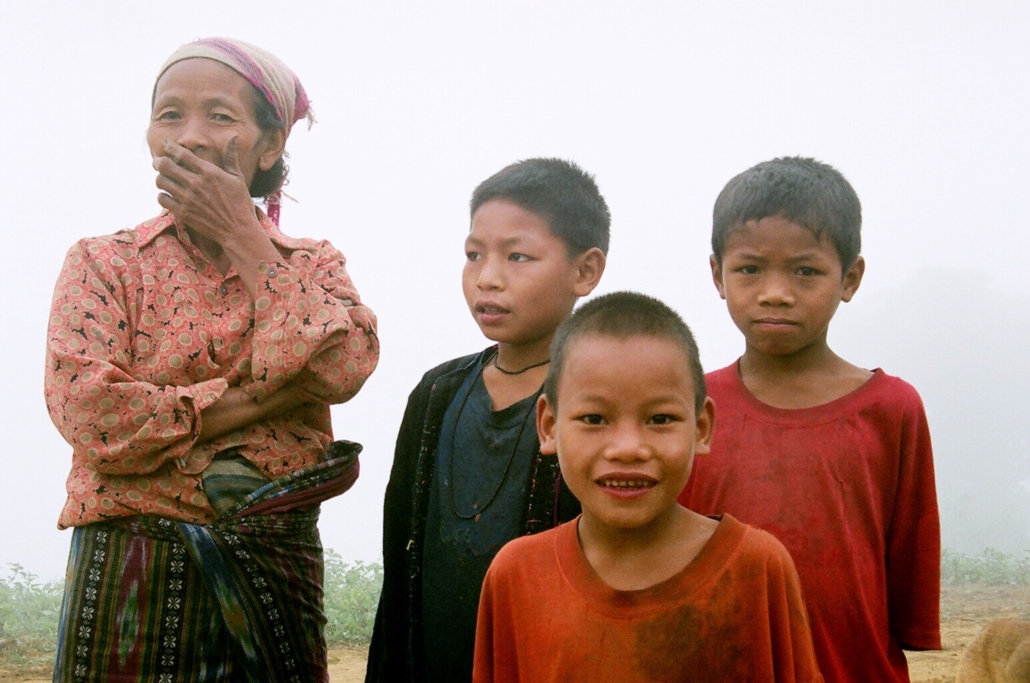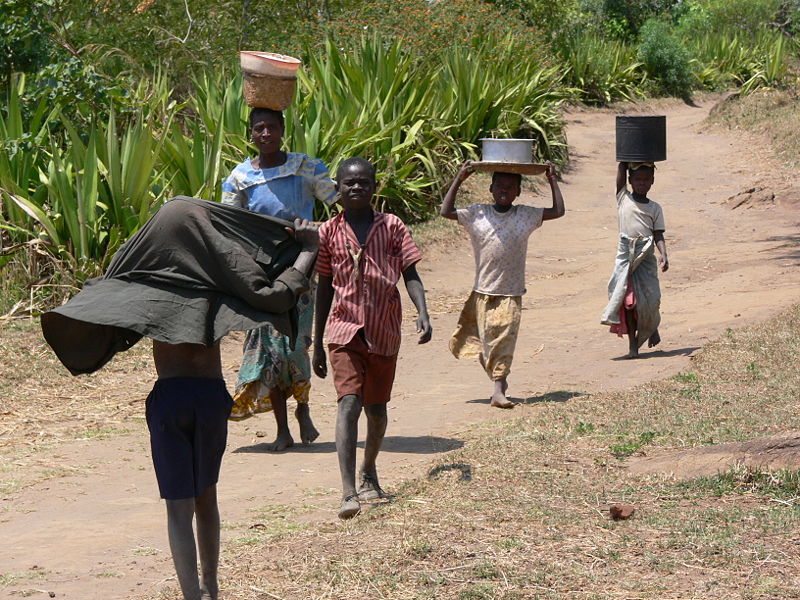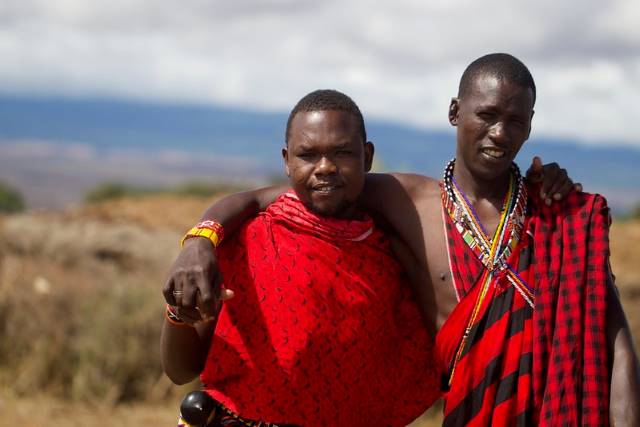 When the COVID-19 pandemic decimated Kenya’s tourism industry and forced the closures of livestock markets, food insecurity became a reality for many of the Maasai people. In particular, the Maasai of Kenya tribe faces hunger during the COVID-19 pandemic.
When the COVID-19 pandemic decimated Kenya’s tourism industry and forced the closures of livestock markets, food insecurity became a reality for many of the Maasai people. In particular, the Maasai of Kenya tribe faces hunger during the COVID-19 pandemic.
The Heart of Kenya’s Tourist Industry
Traditionally, the Maasai people’s pastoral life meant there was no need for the modernities of money. Cattle stood as a source of both food and currency, with Maasai livelihoods depending exclusively on the tribe’s “cattle economy.” However, as prolonged droughts ravage grazing lands and privatization and wildlife conservation lead to the displacement of the Maasai, the tribe has had to supplement its semi-nomadic lifestyle with income from tourists: selling souvenirs, conducting safaris and guiding tours of Maasai villages.
Visitors travel to Kenya from all over the world to witness Africa’s wild animals, and when it comes to spectacles, the Maasai of Kenya have an advantage. The majority of tourists flock to the Maasai Mara National Park to witness a yearly phenomenon known as the Great Migration — the largest animal migration on earth. Although much of the migration takes place from the Serengeti in Tanzania, the most sought-after scene for nature enthusiasts occurs when the animals cross the crocodile-populated Mara River into Kenya.
Severe Weather and COVID-19 Create a Food Crisis
Prior to 2020, tourism accounted for 10% of Kenya’s economy, employing more than 2 million citizens, many of whom “lost their jobs due to the pandemic.” In March 2020, after Kenya’s first report of COVID-19, President Kenyatta canceled “all international flights scheduled to enter the country,” allowing access only to Kenyans or foreigners with permanent residency. Although the government’s efforts proved crucial in preventing the spread of the virus at the time, the result was an 80% plunge in Kenya’s tourism during 2020, causing an economic loss of more than $1 billion.
Exacerbating circumstances further, flash flooding in April 2020 and severe hailstorms in September 2020 followed the collapse of tourism. The deadly storm patterns led to severe crop destruction, damaging homes throughout southern and eastern Kenya, including Narok county, home to the Maasai Mara National Park.
Despite standing as a hub for Kenya’s tourism, Narok county has an absolute poverty rate of 33.7%, with 12% of the population enduring food insecurity and 32.9% of children experiencing stunting. During the pandemic, when government mandates included the closures of livestock markets and the Maasai lost all income from tourists, hunger became a reality for many of the Maasai who also could not afford to purchase hygiene products such as soaps and hand sanitizers.
Nashulai Maasai Conservancy Supports the Maasai
The Nashulai Maasai Conservancy protects 5,000 acres of critical habitat and is the only conservancy that the Massai people entirely govern and run. During the COVID-19 pandemic, residents of Nashulai organized a crowdfunding plan and sought the help of Avaaz, an international advocacy campaign that promotes community-organized humanitarian movements.
The campaign mobilized 100,000 people who helped to pay ranger salaries and secure sanitation, medical supplies and food for communities living within the conservancy. Recognizing a need to reduce the Maasai’s reliance on tourism, Nashulai also began training people in farming, beekeeping and making hygiene products such as soaps and sanitary pads to sell at local markets.
The Maa Trust
The Maa Trust is a nonprofit organization that partners with nature conservancies in the Maasai Mara region to “increase the benefits of wildlife conservation to Maasai families.” The organization promotes sustainable businesses for Maasai women, such as jewelry-making and honey production. The organization also supports conservation education, builds schools and invests in clean drinking water, solar energy and alternatives to using firewood as fuel.
In April 2020, The Maa Trust partnered with the Mara Elephant Project to distribute food donations from the Sidekick Foundation to 637 Maasai families “in the Talek and Pardamat regions of the Maasai Mara.” The Sidekick Foundation is an international force that works both on the ground and politically to combat poaching, collaborating with organizations such as The Maa Trust and the Mara Elephant Project to protect elephants and aid local humanitarian efforts.
The Rotary Club of Nome Assists
In November 2021, the Rotary Club of Nome, Alaska, worked with local contacts in Narok, Kenya, to provide a month of food security to 450 residents in the Maasai village of Nkorkorri. The project to assist Nkorkorri village stands as part of the Rotary Club of Nome’s 75-year commitment to humanitarianism. The Rotary Club of Nome is part of a worldwide network of more than 1.4 million Rotarians who work together to reduce poverty, fight diseases, support local economies and protect the environment. In an interview with The Borgen Project, club member Marcy O’Neil says that Nome Rotarians hope to turn this emergency donation into a long-term program.
Although tourism has helped the Maasai survive in a challenging economic landscape, the industry’s fall during the COVID-19-pandemic put a spotlight on the tribe’s increasing vulnerability. As a result, organizations are answering the call for help. Whether the support comes from near or far, ongoing efforts to assist the Maasai are crucial to ensure the tribe’s ability to survive while maintaining traditional values.
– Jenny Rice
Photo: Flickr





